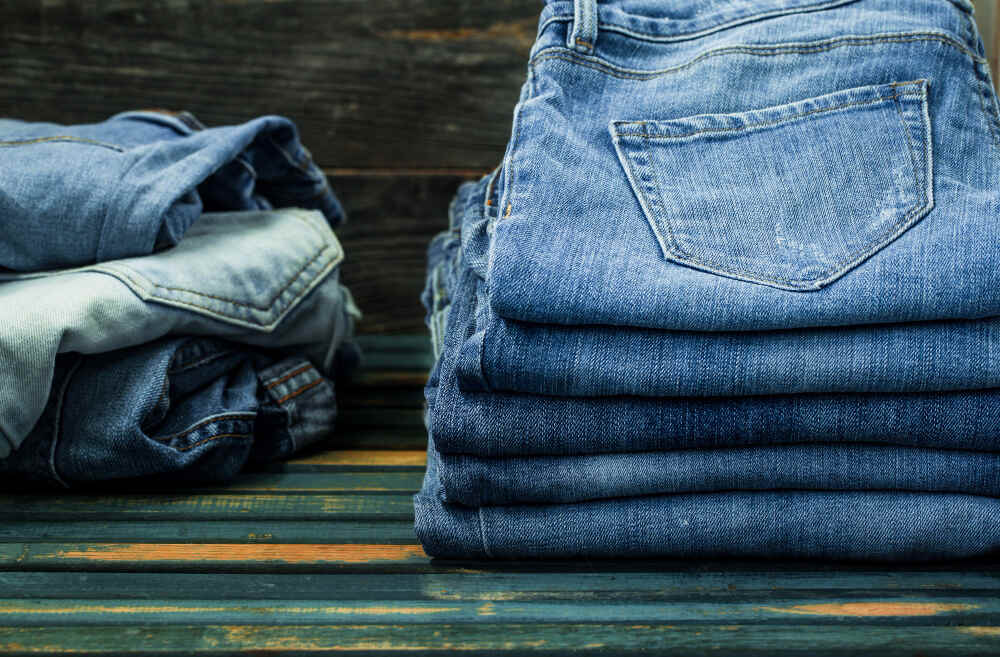
I’m going to kick things off by digging into the rich history of denim in women’s clothing. Originally crafted as durable attire for hardworking miners during the California Gold Rush, denim was the definition of functionality over form. You might find it hard to imagine now, with the multitude of styles gracing our closets, but denim had very humble beginnings.
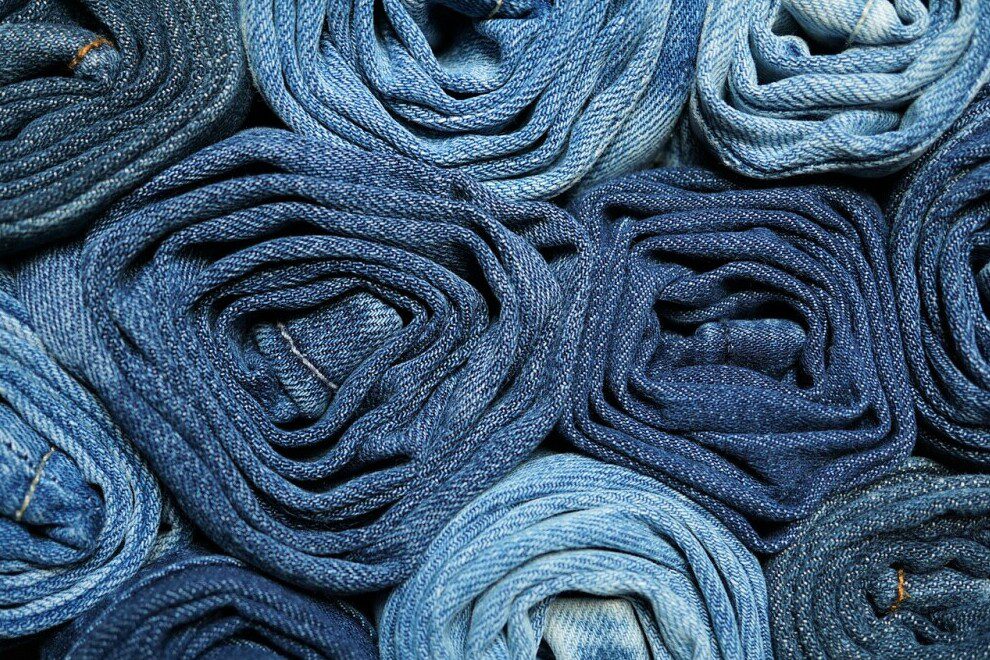
But this isn’t just about how denim started; it’s also about how it soared to fashion stardom for women’s clothing. What began as sturdy pants designed for men in the 1870s evolved by mid-20th century into an expression of youth rebellion, thanks to cultural icons who made denim irresistible in women’s clothing.
Figures like Marilyn Monroe in ‘The Misfits’ and rebellious symbols in pop culture showcased denim as cool, casual, and defiant in women’s clothing. As society progressed and women stepped into new roles, denim, with its rugged ethos, became a metaphor for the burgeoning independence and resilience of the modern woman in women’s clothing.
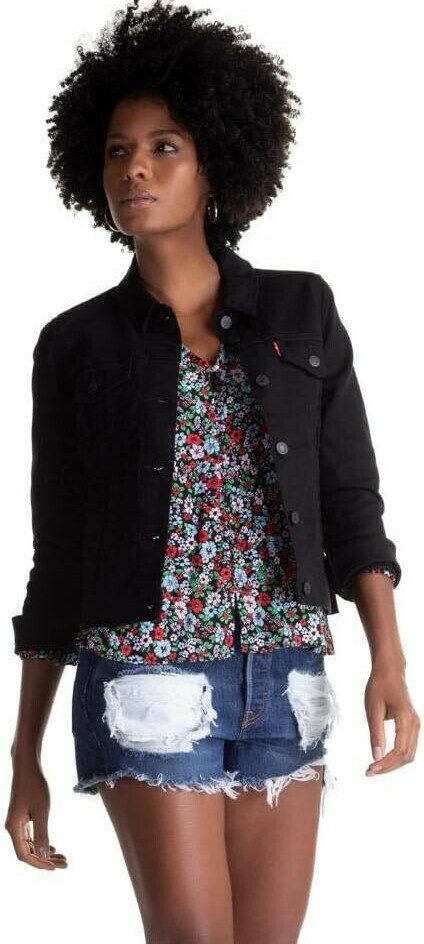
By the time we reached the 1960s and onwards, denim had firmly entrenched itself in the women’s clothing fashion scene. The evolution of denim mirrored women’s fight for equality, becoming an emblem of liberation and the rise of the feminist movement in women’s clothing. It transformed from a symbol of male-dominated labor to a statement of female empowerment and style in women’s clothing.
This journey from workwear to a fashion must-have in women’s clothing set the stage for the explosion of styles that would come in the following years. In the next section, I’m here to help you navigate the rise of diverse denim styles and fits that came to celebrate women’s bodies and individuality in women’s clothing.
Designing Denim for Diversity: The Rise of Styles and Fits in Women’s Clothing
Denim has evolved significantly since the days it was solely a symbol of durability for hard labor in women’s clothing. I’m going to walk you through how denim has become a canvas for creative expression, catering to a diverse array of personal styles and body types in women’s clothing.
Denim’s journey in women’s fashion is marked by the emergence of a wide variety of styles over the decades in women’s clothing. You’ll find out about the evolution from bell-bottoms of the ’70s to the skinny jeans craze, and more recently, the resurgence of mom jeans in women’s clothing.
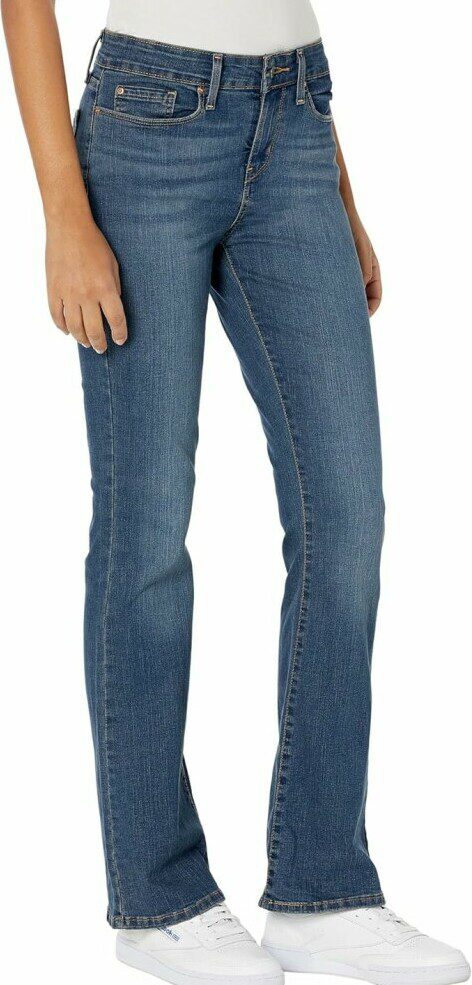
But this isn’t just about the trends; it’s also about inclusivity in women’s clothing. The focus on offering jeans in diverse sizes and fits has become paramount in the fashion industry. This move recognizes the beauty of all body shapes and ensures that every woman can find her perfect pair in womens clothing.
What’s exciting is the impact of technology on denim fabrics and design in womens clothing. Stretchy, moisture-wicking, and temperature-regulating denim are some innovations that have revolutionized the traditional rugged fabric into something more comfortable and practical for daily wear in womens clothing.
Let’s break down the lingo in women’s clothing. You’ve got high-rise jeans that cinch at the waist, low-rise that sit on the hips, and then there are boyfriend jeans that are meant to look a bit oversized in womens clothing. Skinny jeans grip the silhouette, and bootcut tries to strike a balance. Each fit serves a unique aesthetic and comfort preference in women’s clothing.
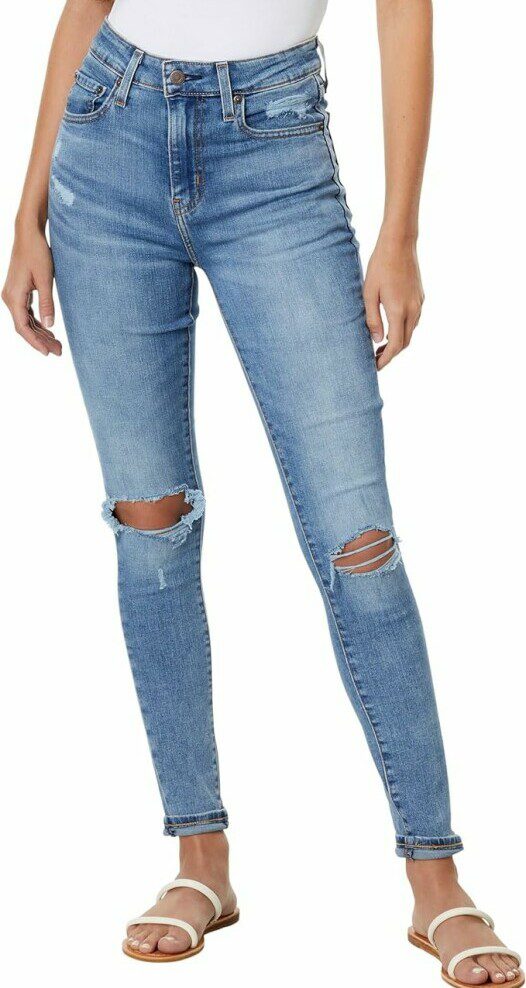
Now, this transition isn’t just about what’s trendy in womens clothing. It’s about providing options that resonate with individual tastes. The wide range of denim styles and fits available today speaks to the industry’s understanding that women want to blend comfort with style, and personality with versatility in women’s clothing.
In my opinion, the most prudent move for the denim industry in womens clothing has been embracing this variety. By doing this, denim retains its timeless appeal, adapting to the fashion zeitgeist while holding onto its roots of robustness and simplicity.
Sustainable and Stylish: The Future of Women’s Denim Clothing
I’m going to look ahead at what the future holds for women’s denim clothing, and let me tell you, it’s not just about style—it’s also about sustainability. As the fashion industry grapples with its environmental impact, denim is at the forefront of the transformation in women’s clothing.
You’re going to find out about the shift towards eco-conscious production processes that are changing how denim is made in women’s clothing. We’re talking about innovations like water recycling, the use of organic cotton, and low-impact dyes that significantly reduce the fashion footprint in women’s clothing.
This isn’t just a passing trend; these are changes that resonate with a global audience, who are increasingly demanding fashion that doesn’t come at the cost of the planet in womens clothing.
And what about the materials themselves in womens clothing? We’re seeing an uptick in recycled fabrics and plant-based fibers being woven into the denim you love. It’s the industry’s way of saying, ‘We care, and we’re doing something about it’ in women’s clothing.
Now, let’s talk about the designs we’ll be wearing in womens clothing. The trends we’re observing aren’t just fleeting—they’re setting the stage for denim that is as durable as it is versatile. Think classic cuts that withstand the test of time, reducing the need for constant consumption in women’s clothing.
In my opinion, the coolest thing about this shift in women’s clothing is that it isn’t compromising on style. You can be just as trendy and fashion-forward in a pair of sustainably-sourced jeans as in any other. And that’s the beauty of innovation in the fashion industry.
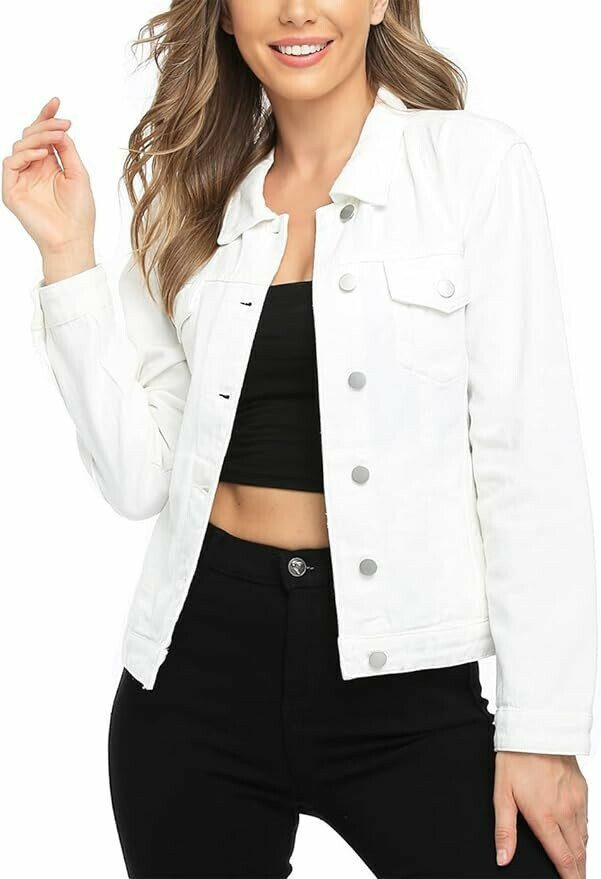
Looking forward, the call for sustainability is only going to get louder in women’s clothing, and denim designers are not just hearing it; they’re leading the charge. They’re offering you a way to look good, feel good, and do good all at once.
So, my question to you today is, are you ready to join the movement? When it comes to the future of women’s denim clothing, it’s clear that sustainability is the new style, and it looks like it’s here to stay.
Here’s a little transparency:
Our website contains affiliate links. This means if you click and make a purchase, we may receive a small commission. Don’t worry, there’s no extra cost to you. It’s a simple way you can support our mission to bring you quality content.